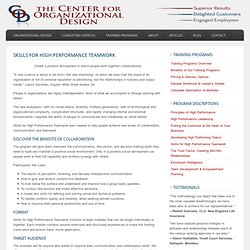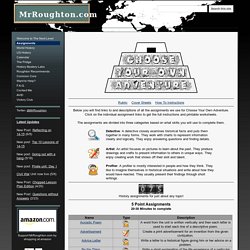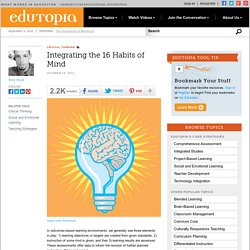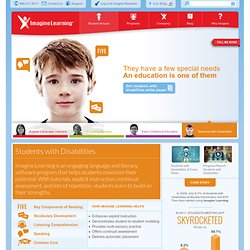

Supporting learning. Skills in Collaboration and Teamwork. Create a positive atmosphere in which people work together collaboratively “A new science is about to be born—the new marketing—in which we learn that the brand of an organization is not its external reputation or advertising, but the relationships it nurtures and enjoys inside.”

-Lance Secretan, Inspire! What Great leaders Do People in organizations are highly interdependent. Most of what we accomplish is through working with others. The new workplace—with its virtual teams, diversity, multiple generations, web of technological and organizational complexity, complicated structures, and rapidly changing internal and external environments—requires the ability of people to communicate and collaborate as never before.
Skills for High Performance Teamwork was created to help people achieve new levels of collaboration, communication and teamwork. Discover the Benefits of Collaboration Participants Will Learn: Format Target Audience Audience: Teams throughout the organizationAll employees Delivery: Effective Team Work & Collaboration. Questioning techniques. Organising tools. Collaborative Tools. Colaborativo. RTDI - Choice Boards/Menus. Assignments - MrRoughton.com. Rubric Cover Sheets How To Instructions Below you will find links to and descriptions of all the assignments we use for Choose Your Own Adventure.

Click on the individual assignment links to get the full instructions and printable worksheets. The assignments are divided into three categories based on what skills you will use to complete them. History assignments for just about any topic! 5 Point Assignments20-30 Minutes to complete 10 Point Assignments45 minutes to complete 20 Point Assignments90 minutes to complete40 Point AssignmentsAll 40 point assignments require significant work outside of class and take up to 4 hours to complete. Integrating the 16 Habits of Mind.
In outcomes-based learning environments, we generally see three elements in play: 1) learning objectives or targets are created from given standards; 2) instruction of some kind is given; and then 3) learning results are assessed.

These assessments offer data to inform the revision of further planned instruction. Rinse and repeat. But lost in this clinical sequence are the Habits of Mind that (often predictably) lead to success or failure in the mastery of given standards. In fact, it is not in the standards or assessments, but rather these personal habits where success or failure -- in academic terms -- actually begin. Below are all 16 Habits of Mind, each with a tip, strategy or resource to understand and begin implementation in your classroom. The habits themselves aren't new at all, and significant work has already been done in the areas of these "thinking habits. " And a renewed urgency for their integration. 1. 2. 3. 4. 5. Ask students to map out their own thinking process. Tomlinson - Differentiation Central. Differentiation. Letsgetengaged - home. Tools for defining the creative problem. Creative tools > Tools for defining the problem Defining the problem is the first step of solving a creative problem.

This is a very important stage, as changing the problem definition will change the solution. These tools help you to look at the problem in different ways and hence consider alternatives for the problem definition. Breakdown: Decomposing to find the area of optimal focus. CATWOE: A checklist for thinking about problems and solutions.
Imagine Learning: Students with Disabilities. Five Key Components of Reading No more roadblocks to reading.

Students with disabilities often struggle to acquire basic reading skills. Research indicates that these students benefit from instruction that is explicit and sequenced, ensuring that key prerequisite skills are met before more complex tasks are required. Imagine Learning provides explicit instruction in five basic reading skills: phonological awareness, phonics, fluency, vocabulary, and comprehension.
Whether students are working to overcome comprehension deficits or processing deficits—or any number of roadblocks—Imagine Learning’s made-to-fit sequence of instructional activities reinforces the foundational skills that will best help them achieve literacy. Explicit instruction in phonological awareness phonics fluency vocabulary comprehension Vocabulary Development A better way to learn the lingo. Contextualized instruction in basic vocabulary academic vocabulary content-specific vocabulary Listening Comprehension.
Tools for creating ideas. Strategies Learning Tools.